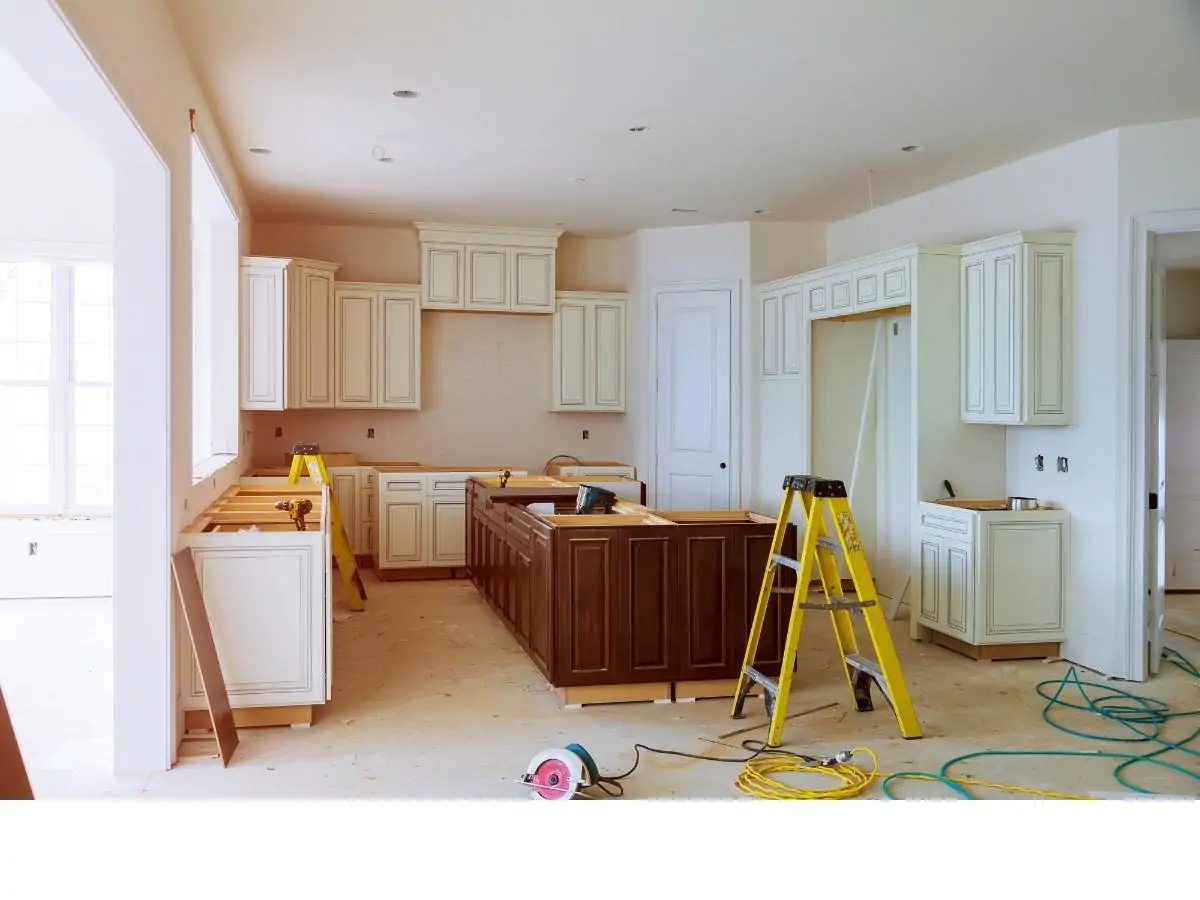
Washington Tries a New Road: Bipartisan Bill Aims to Ease America’s Housing Crunch
After years of deadlock and piecemeal efforts, lawmakers in Washington are beginning to rally around a sweeping new proposal aimed at easing the country’s housing crisis. And, in a rare turn, the initiative is coming from both sides of the aisle.
The “ROAD to Housing Act of 2025,” introduced by Republican Senator Tim Scott and Democratic Senator Elizabeth Warren, is beginning to gather momentum in the Senate. The bill, over 300 pages thick, has already drawn praise from housing advocates, economists, and policy experts who say it could start to tackle the growing gap between what people earn and what they pay for a place to live.
The legislation is headed for markup in the Senate Banking Committee—its first bipartisan housing markup in more than ten years. The committee is chaired by Scott, who said the bill represents a “collaborative effort” that could help open doors to more affordable housing options across the country.
“This is about real solutions,” Scott said in a statement. “We need to help more Americans access safe, affordable housing, and we need to do it together.”
Warren, the committee’s ranking Democrat and a frequent critic of the housing market’s inequities, also welcomed the bill, calling it “a critical first step” in tackling what she described as the top expense for most American families: housing.
A Problem Everyone Sees, Few Have Solved
There are few areas of American life where frustration runs higher than housing. Rents have ballooned in major cities. First-time homebuyers are getting priced out. Builders complain that it is getting harder and more expensive to get projects off the ground. Local governments, meanwhile, are caught between voters who want more housing and residents who push back against development.
The ROAD to Housing Act tries to thread that needle. It focuses on supply, affordability, and accountability—three pressure points that have made it harder for Americans to find and keep housing they can afford.
Some of the most widely discussed parts of the bill aim to remove roadblocks to new construction. For instance, Section 203 directs the Department of Housing and Urban Development (HUD) to develop a “best practices” guide for local zoning and land use policies. Local governments would not be required to adopt these policies, but they could use them as templates to overhaul outdated or overly restrictive zoning rules.
Joel Berner, senior economist at Realtor.com®, says this kind of guidance could make a difference by giving local leaders political cover to push through reforms.
“Having a national framework does not force change,” he says, “but it does give pro-housing officials something to lean on when they are facing local resistance.”
Berner points to two other sections—207 and 208—as particularly meaningful. These propose trimming back federal environmental review procedures, which are often cited as a reason housing projects get stalled for years. They would also give states, tribal governments, and municipalities more authority to streamline their own reviews.
Still, Berner strikes a note of caution. “The real challenge is that housing policy lives at the local level. You can set the tone at the top, but getting actual projects built still depends on city councils, planning boards, and zoning commissions.”
A Sign Washington Is Paying Attention
The bill’s sponsors say they are under no illusion that this is a silver bullet. But the fact that it is gaining ground in both parties—at a time when Washington is sharply divided on nearly everything—has housing advocates taking notice.
Moody’s Chief Economist Mark Zandi said the bill’s arrival shows policymakers are finally waking up to the scope of the crisis. “It is no game-changer,” he wrote on X, “but policymakers are finally in the game.”
Groups such as the National Housing Conference, the National Association of Affordable Housing Lenders, and Up for Growth have thrown their support behind the proposal. They argue that any serious effort to make housing affordable again must begin with building more of it—and this bill at least opens that door.
Housing supply has lagged behind demand for years, and restrictive zoning, high input costs, and regulatory delays have only made things worse. By focusing on reducing red tape and boosting coordination between federal and local governments, the ROAD Act seeks to give builders and city planners more tools—and fewer headaches.
A Rare Moment of Bipartisan Momentum
The housing debate is one of the few areas where Republican and Democratic lawmakers seem to agree on the scale of the problem, even if their solutions sometimes differ. Scott, a proponent of market-driven policies, and Warren, a champion of strong consumer protections, may not line up on most issues—but on this one, they have found common ground.
That has helped the bill gain credibility with a wide range of stakeholders, including those who typically find themselves on opposite sides of federal housing debates.
What comes next is still up in the air. The Senate Banking Committee will take up the bill on Tuesday morning. From there, it faces a series of legislative hurdles, negotiations, and potential amendments. But advocates say the fact that it has reached this stage, with bipartisan backing and broad outside support, is a signal that the political tide may be shifting.
Whether that shift turns into real change on the ground—more affordable apartments, fewer permit delays, and a clearer path to homeownership—will depend on what happens after the markup. For now, though, the ROAD to Housing Act has given weary renters and sidelined homebuyers something they have not had in a while: a reason to watch Congress with a sliver of hope.



